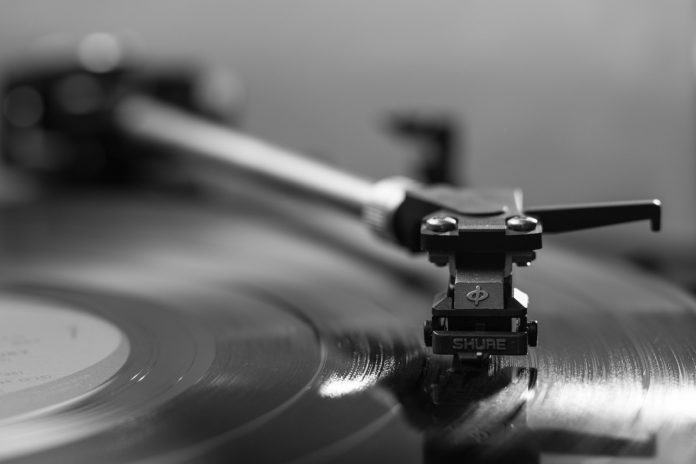In the age of digital streaming and downloads, the debate between vinyl records and CDs continues to spark discussions among music enthusiasts. Both formats offer unique listening experiences, but their differences lie in their distinct characteristics and sonic qualities.
Vinyl records, revered by audiophiles for their warm, analog sound, have enjoyed a resurgence in popularity in recent years. The tactile experience of handling a vinyl record, carefully placing it on a turntable, and dropping the needle creates a nostalgic connection to the music that many fans cherish. Additionally, vinyl’s large album artwork and physical presence add to the overall immersive experience of listening to music, who doesn’t love reading liner notes?
On the other hand, CDs, introduced in the 1980s as a digital alternative to vinyl, offer convenience and portability. With their compact size and durability, CDs became the dominant format for music consumption in the late 20th century. While CDs may lack the tactile appeal of vinyl, they boast superior sound quality and fidelity, free from the crackles and pops often associated with vinyl playback.
Despite their differences, both vinyl records and CDs have their devoted followers. Vinyl enthusiasts appreciate the ritualistic nature of playing records and the nostalgic charm they evoke, while CD aficionados value the pristine sound quality and convenience of digital playback. Ultimately, the choice between vinyl and CDs comes down to personal preference, with each format offering its own unique listening experience tailored to the individual tastes of music lovers.







